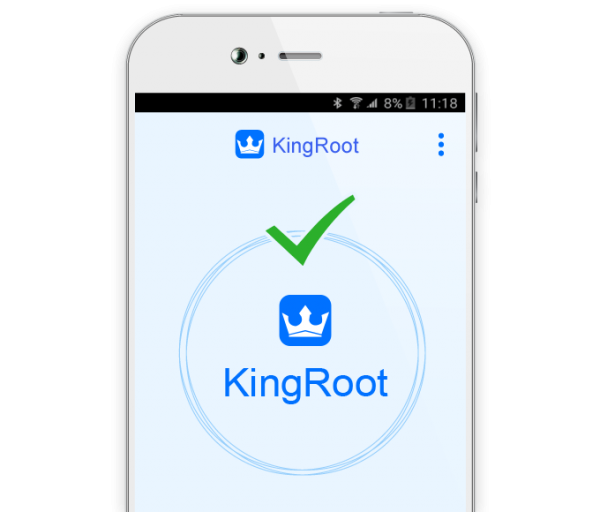Rooting is derived from the term “root access” which means giving your device the highest level access permissions. Equivalent to that of a Window’s administrator access, root access grants a user full rights to their android devices, opening up all kinds of extra hidden features and settings where you are unaware of. This means you are now able to do things that you previously can’t. Some examples include increasing speed and better management of your battery. Running all kinds of apps that requires certain system settings like customs roms and much more.

But there’s a catch!
While Android is one of the most popular operating systems used for mobile phones or tablets, it is limited by the device’s manufacturers. Android runs on Java, it’s technology boundaries are limitless. Catering to any customizations or applications that can be developed and used to maximize your device performance and usability. However, manufacturers where you purchase your Android devices from tend to limit the phone’s capabilities. Only by rooting your phone, will you be able to unlock those hidden features. Some may ask, why do the manufacturers limit and restrict our devices? Well, this is to prevent us from screwing up our devices.
Rooting does comes with its own risks and the worst thing that could happen is a “hard brick” that totally renders your phone useless. Sounds scary, doesn’t it? Truth is, the chances of screwing up your devices are zero to none if you follow the steps carefully. And once you succeeded in rooting your device, trust me – you will never want “unroot”.